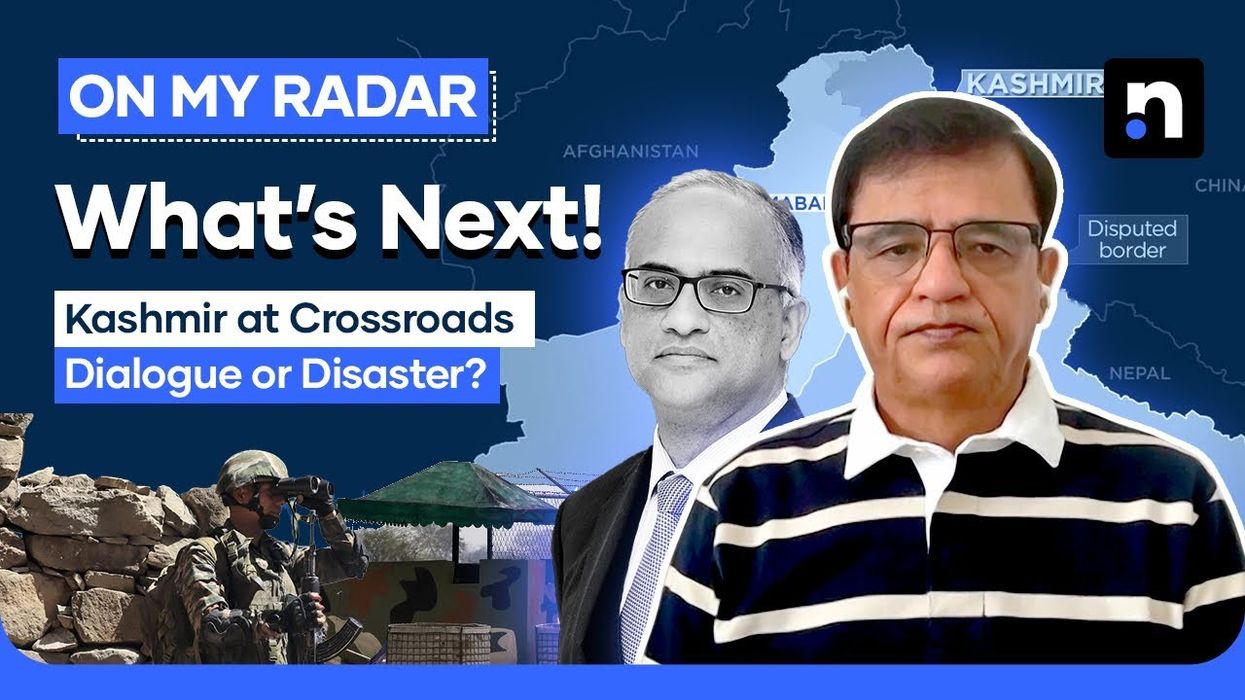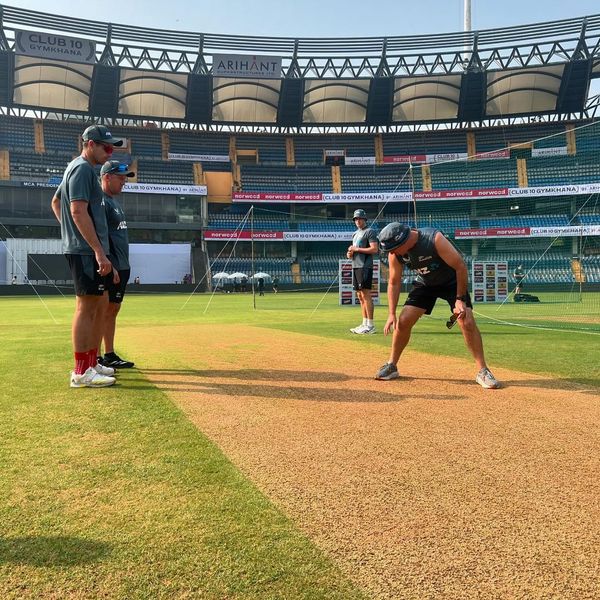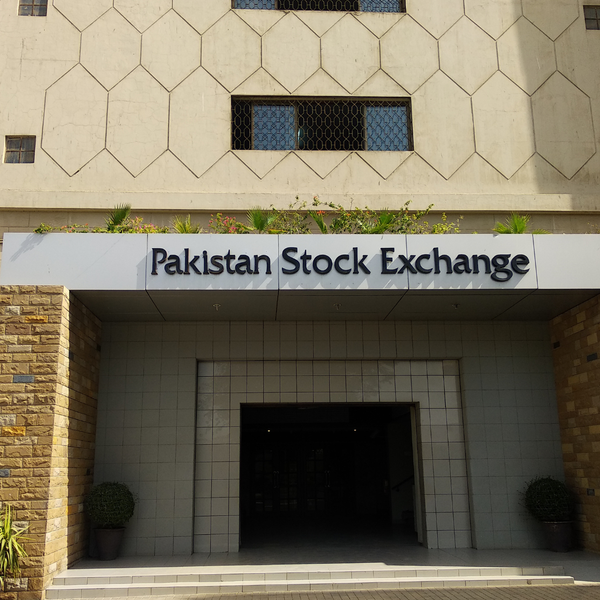America’s quiet role in pausing the Pakistan-India standoff
Kamran Khan analyzes how Pakistan and India reached a ceasefire despite high tensions and the behind-the-scenes role the US played in defusing the crisis
News Desk
The News Desk provides timely and factual coverage of national and international events, with an emphasis on accuracy and clarity.
What once seemed like the edge of another dangerous standoff between two nuclear-armed neighbors has now given way to a surprising calm. More than 48 hours have passed since the ceasefire between Pakistan and India took effect -- and so far, it’s holding. Not a single breach has been reported, and even media outlets are confirming the de-escalation.
This unexpected silence is no coincidence. It’s the result of behind-the-scenes diplomacy, led by the United States, whose involvement was critical not only in securing the ceasefire but also in ensuring that both sides honor it.
Kamran Khan explored the implications of this delicate peace in the latest episode of his show On My Radar, offering a deeper look into how the two countries got here -- and what might come next.
But while the border has quieted, the political storm in India is far from over. The Indian government, having suffered significant military and diplomatic blows during the recent standoff, is now facing criticism at home. Opposition parties like the Congress and Shiv Sena have demanded an immediate parliamentary session to question the government’s narrative -- one that, by most accounts, has failed to hold up under scrutiny.
Khan noted that the ceasefire agreement itself wasn't just a bilateral initiative but came about due to direct U.S. intervention. In fact, it could be argued that the ceasefire was enforced with America’s blessing, and its implementation has been ensured by American pressure -- a reality that is now a hot topic in Indian political and media circles.
In this context, Indian Prime Minister Narendra Modi has finally addressed the nation, attempting to assure the public that India has “emerged victorious”. However, facts on the ground suggest otherwise.
Another phone conversation took place between the Directors General of Military Operations (DGMOs) of both countries, during which both sides reaffirmed their commitment to de-escalation.
It was agreed that the additional troops stationed at the Line of Control (LoC) during the crisis would be withdrawn, and only routine deployments would remain. This rare consensus reflects a developing sense of mutual restraint -- a positive sign amid a volatile backdrop.
But the question that now looms large is whether President Trump and his administration will honor their promise to play a role in resolving the Kashmir dispute -- an issue that has simmered for decades. The region remains on edge, as fresh clashes between Kashmiri civilians and Indian forces were reported just today, with violence once again breaking out.
India’s traditional tactic of framing every dispute with Pakistan through the lens of terrorism is increasingly losing traction on the world stage. The Kashmir issue is now being viewed in its own right, with global media prominently raising it in discussions on South Asian stability.
The international community has expressed relief at the avoidance of a full-blown -- possibly nuclear -- conflict. But the consensus is also growing: for long-term peace, Pakistan and India must return to the negotiating table. President Trump has publicly reiterated his willingness to mediate and help bring about a lasting resolution to the Kashmir conflict.
Another looming issue is the fate of the Indus Waters Treaty. India had earlier hinted at suspending the treaty -- a move that, if enacted, would be seen by Pakistan as an act of war. Islamabad has made its position clear: any such action will provoke a full-throttle response.
During the military standoff, Saudi Arabia and the United Arab Emirates also played a quiet but critical mediating role. International media have acknowledged the part both Gulf nations played in defusing tensions between Pakistan and India.
Back home in Pakistan, the national mood is one of cautious optimism. The country marked a “Day of Victory” on May 12. The stock market responded with a 2.5% surge, and celebrations erupted in several cities.
But Khan posed the most crucial question of all: what comes next? This moment of calm may be a turning point — or just the eye of the storm. Either way, the road ahead will be shaped by diplomacy, global pressure, and political will on both sides of the border.
Meanwhile, global events continue to evolve. The prolonged trade dispute between the U.S. and China has finally shown signs of easing, with both powers reaching a deal in the last 24 hours -- a development that bodes well for the region’s economic outlook.











Comments
See what people are discussing